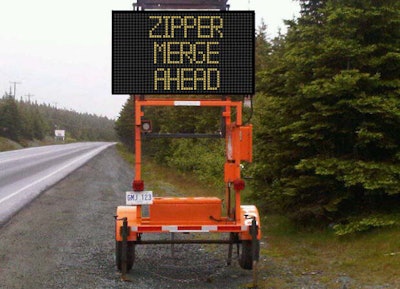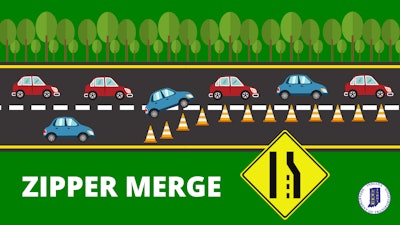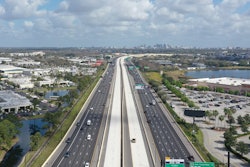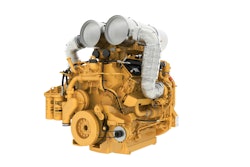
Editor's Note: This story was updated March 22, 2022, to reflect the bill being signed into law.
The Utah state legislature has passed a new law to require drivers to zipper merge when approaching a closed lane on a congested road.
Governor Spencer Cox signed the legislation into law March 21, according to the governor's website.
More states in recent years have adopted the zipper merge for closed lanes for construction zones, for wrecks and other road-blocking occurrences. Advocates say the zipper merge is safer and keeps traffic flowing better than drivers merging early to an open lane.
The law requires drivers to merge at a specific congested merge point when two lanes are reduced to one lane. At the merge point, drivers in the open lanes take turns merging into the single lane.
Failing to merge at the merge point could result in a fine of up to $750.
 Here's how to zipper merge.Indiana Department of Transportation
Here's how to zipper merge.Indiana Department of Transportation
The zipper merge also brings some order and fairness to what can feel like a never-ending wait as drivers switch in and out of lanes, always thinking the other one is moving faster, DOTs say. Early merging in heavy traffic can also lead to crashes and road rage, says the Indiana Department of Transportation, which has increased its use of the zipper merge in the past year.
The zipper merge is not without its controversy. There is a learning curve for drivers, and it only works well if drivers know what they’re doing. States that have implemented it have held campaigns to educate drivers and use directional signs to coach drivers along the way.
{Related: States look to 'zipper merge' to ease traffic around work zones, but will drivers get it?}











